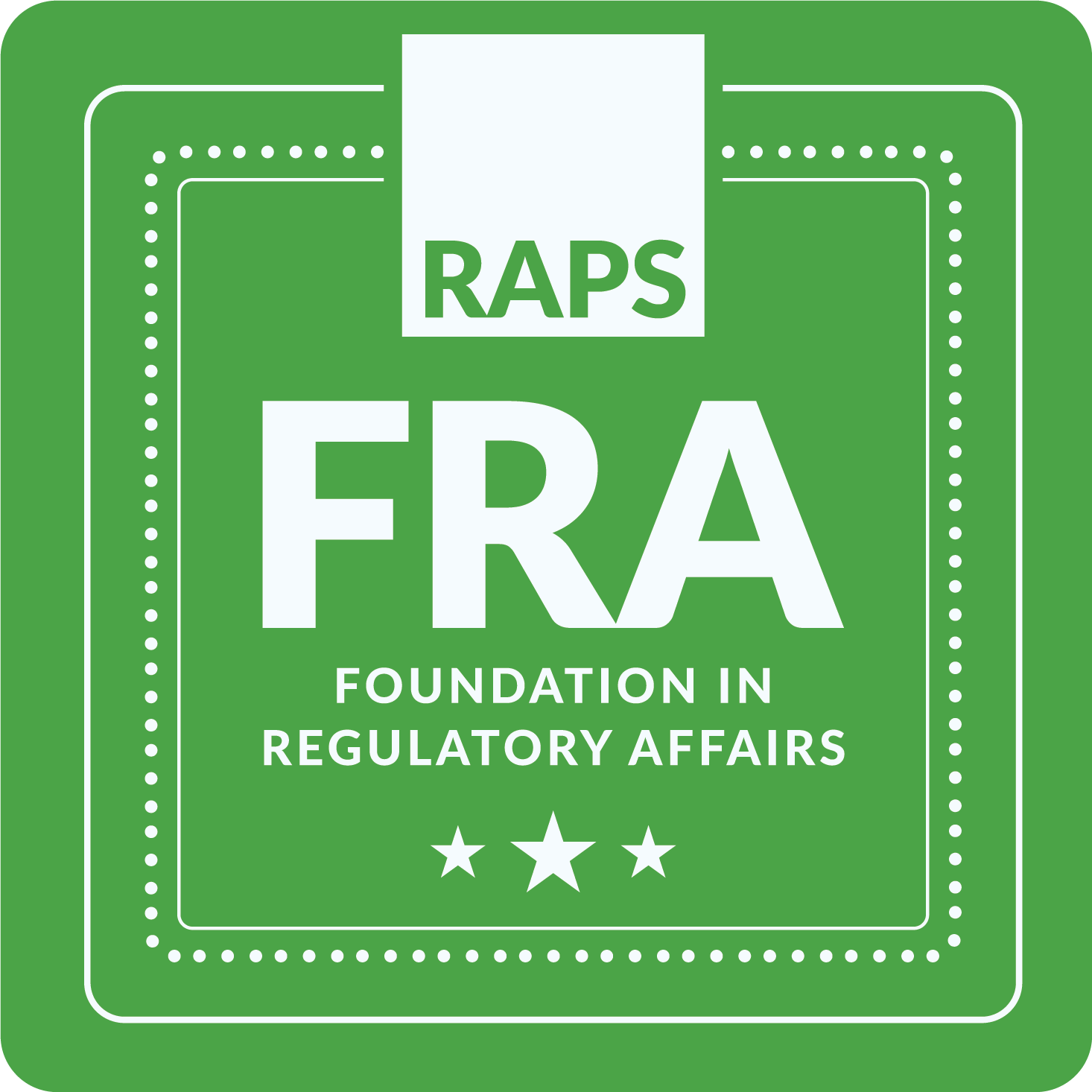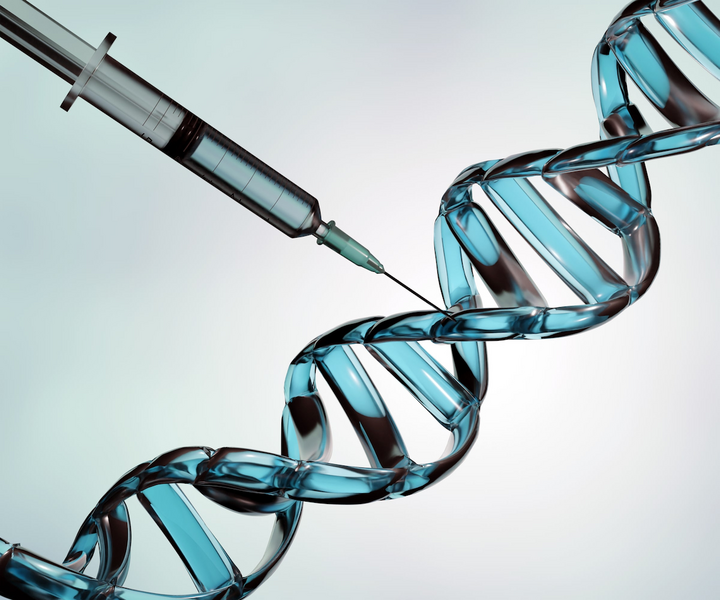Oligonucleotides: EMA drafts new guideline on manufacturing and development
![]() Regulatory News | 23 July 2024 |
Regulatory News | 23 July 2024 |
The European Medicines Agency (EMA) on Monday issued a guideline that sets out the type of information required to develop, manufacture, and control new and existing oligonucleotide drugs.
EMA said the guideline addresses aspects of the manufacturing process, characterization, specifications and analytical control of synthetic oligonucleotides “which are not covered in the Guideline on the Chemistry of Active Substances (EMA/454576/2016) and Chemistry of Active Substances for Veterinary Medicinal Products (EMA/CVMP/QWP/707366/2017).”
The agency proposed the development of a guideline in September 2022 to address the increasing industry interest and the growing number of clinical trial applications for these products over the past few years. (RELATED: EMA proposes quality guidelines for synthetic peptides and oligonucleotides, Regulatory Focus 22 September 2022).
The draft guideline follows the US Food and Drug Administration’s publication earlier this year of a finalized guidance on its expectations for clinical pharmacology studies for oligonucleotides.
The EMA guideline specifically addresses the general properties of synthetic oligonucleotides, the manufacturing process, the control of materials, assessing impurities, analytical development, clinical testing, the use of reference studies and stability studies. The guideline also covers the information necessary to support the generic development of these drugs.
To support the manufacturing process, EMA states that manufacturers should adhere to the principles outlined in the International Council on Harmonisation’s (ICH) Q8 guideline on pharmaceutical development. They should also follow the ICH Q9 guideline on quality risk management, and the ICH Q11 guideline on developing active drug substances.
EMA states that in the manufacturing process, there will be situations where prior knowledge and manufacturing experience “may be extrapolated between different processes.” Also, “if justified, manufacturers may make reference to prior knowledge for general aspects of the manufacturing process (e.g. choice of solid support or coupling reagents).”
The structure of the oligonucleotide should be confirmed by analytical data, and the guideline recommends the use of mass spectrometry as a “suitable analytical tool” for this purpose.
The guidance said product-related impurities may either originate from starting materials, during the manufacturing process, or from degradation occurring during the manufacturing process or during storage.
It states that “applicants are expected to make significant efforts to characterise product-related impurities that are present or likely to be present, based on in-depth knowledge and understanding of the synthesis, impurity profile of the starting materials and fate of these impurities, and potential degradation pathways of intermediates and active substance.”
EMA said prior knowledge and literature “may help the applicant in the characterisation exercise.”
To develop generic versions of these products, manufacturers should adhere to a European product-specific guidance for demonstrating bioequivalence to a reference product. In addition, applicants should follow EMA’s Quality Working Party (QWP) questions and answers guideline on assessing the quality of finished products containing known active substances.
The guideline said clinical data to support these applications will evolve “with increasing expectations going towards Phase 3 and approaching the marketing authorisation application (MAA).” The main area of focus in the early stages of development will be on the safety of the oligonucleotide.
The deadline for submitting public comment is 31 January 2025
Guideline
EMA said the guideline addresses aspects of the manufacturing process, characterization, specifications and analytical control of synthetic oligonucleotides “which are not covered in the Guideline on the Chemistry of Active Substances (EMA/454576/2016) and Chemistry of Active Substances for Veterinary Medicinal Products (EMA/CVMP/QWP/707366/2017).”
The agency proposed the development of a guideline in September 2022 to address the increasing industry interest and the growing number of clinical trial applications for these products over the past few years. (RELATED: EMA proposes quality guidelines for synthetic peptides and oligonucleotides, Regulatory Focus 22 September 2022).
The draft guideline follows the US Food and Drug Administration’s publication earlier this year of a finalized guidance on its expectations for clinical pharmacology studies for oligonucleotides.
The EMA guideline specifically addresses the general properties of synthetic oligonucleotides, the manufacturing process, the control of materials, assessing impurities, analytical development, clinical testing, the use of reference studies and stability studies. The guideline also covers the information necessary to support the generic development of these drugs.
To support the manufacturing process, EMA states that manufacturers should adhere to the principles outlined in the International Council on Harmonisation’s (ICH) Q8 guideline on pharmaceutical development. They should also follow the ICH Q9 guideline on quality risk management, and the ICH Q11 guideline on developing active drug substances.
EMA states that in the manufacturing process, there will be situations where prior knowledge and manufacturing experience “may be extrapolated between different processes.” Also, “if justified, manufacturers may make reference to prior knowledge for general aspects of the manufacturing process (e.g. choice of solid support or coupling reagents).”
The structure of the oligonucleotide should be confirmed by analytical data, and the guideline recommends the use of mass spectrometry as a “suitable analytical tool” for this purpose.
The guidance said product-related impurities may either originate from starting materials, during the manufacturing process, or from degradation occurring during the manufacturing process or during storage.
It states that “applicants are expected to make significant efforts to characterise product-related impurities that are present or likely to be present, based on in-depth knowledge and understanding of the synthesis, impurity profile of the starting materials and fate of these impurities, and potential degradation pathways of intermediates and active substance.”
EMA said prior knowledge and literature “may help the applicant in the characterisation exercise.”
To develop generic versions of these products, manufacturers should adhere to a European product-specific guidance for demonstrating bioequivalence to a reference product. In addition, applicants should follow EMA’s Quality Working Party (QWP) questions and answers guideline on assessing the quality of finished products containing known active substances.
The guideline said clinical data to support these applications will evolve “with increasing expectations going towards Phase 3 and approaching the marketing authorisation application (MAA).” The main area of focus in the early stages of development will be on the safety of the oligonucleotide.
The deadline for submitting public comment is 31 January 2025
Guideline
© 2025 Regulatory Affairs Professionals Society.














